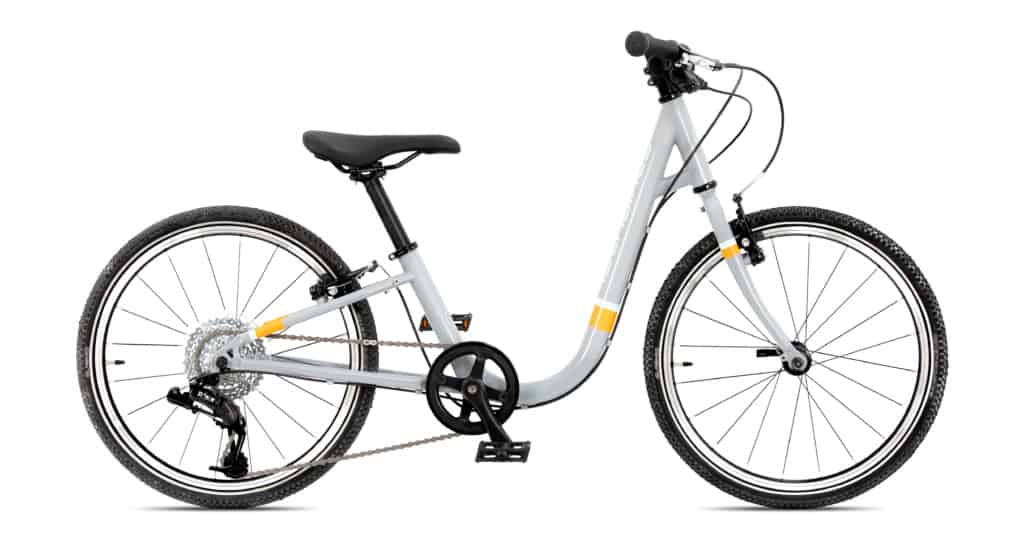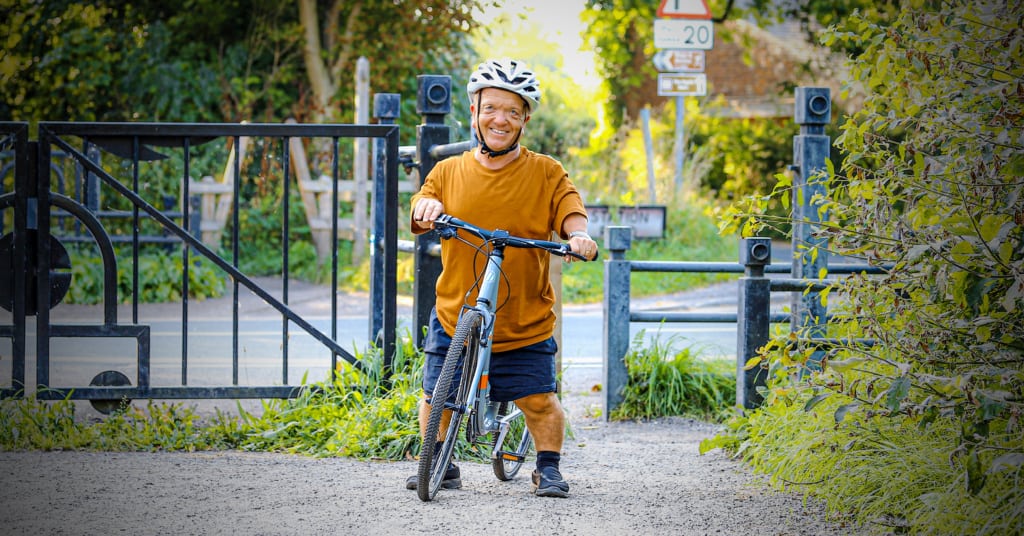After Islabike’s launch of new bikes for people with Dwarfism, we had a conversation with Steve Scott from the Dwarf Sports Association about the benefits and challenges of cycling as a person with Dwarfism.
The main challenge for people with Dwarfism who want to cycle is finding a bike. Most people end up using a child’s bike, and the designs on them become inappropriate as people get older, such as an adult riding a bike with Action Man stickers on it or something. The choice of bikes is getting better, with better gearing and more choice, but the fit can still be awkward. There are subtle differences between the body of someone with Dwarfism and someone without: the torso of an adult with Dwarfism is often the same as an adult without, but their limbs are shorter, and their legs can be more bowed and their arms less straight, so there’s a wide range of different distances that need to be taken into account when finding a bike. If you’re getting a bike made for you, you need to have a bike builder that understands these differences and how that should affect the design.
We often end up having to learn to balance on a bike or to have to keep jumping on and off, as we often can’t touch the ground when there’s a crossbar in the way. The Islabikes are brilliant in that regard: there’s no crossbar, so we can easily step on and off.

There can be a few problems with cycling kit too. Shorts are OK, but winter tights for cycling usually need adjusting. It’s the same with jackets – the sleeves are usually too long. Cycle shoes are tricky; I usually have to do a bit of digging to find a pair that fit.
It was a radical move for Islabikes to come into our world and spend time with us in order to design a bike that meets our needs. The Dwarf Sports Association (DSA) had organized a weekend cycling in the Lake District, and people from Islabikes came to have a look at how we cycled, which gave us an opportunity to talk with each other and provide feedback. They took time to realise how we have different proportions, how we got on and off the bikes, and to check details like how our shorter fingers mean that they needed to adjust the brakes to fit us properly.
In other ways, people with Dwarfism are on a pretty level playing field for leisurely rides. There are very definite benefits of cycling for people with Dwarfism. It helps build up our thigh muscles, which is important as our bowed legs mean that our muscles do a lot of the work of our ligaments. Because it’s an equal playing field between people with Dwarfism and people without once we’ve got a suitable bike, it means we can go out with our contemporaries and cycle at the same place.
We live in the main stream, so things that have the biggest impact our access to cycling is largely the same as the things that would impact people without Dwarfism. We need more cycle lanes, cycle paths, and more accepting car drivers. I’ve cycled a lot on the continent and gone cycle touring, and the cycling infrastructure is often better there, for example having traffic lights that favour cyclists. It is getting better though, with things like the Cycle Superhighways in London and the Bee Network in Manchester.
It’s really important for people with Dwarfism – particularly children – to feel accepted and to have a sense of self-esteem, and sports can play a big role in that. Society is far more accepting than when I was growing up, but there are still instances where dwarf kids aren’t accepted as readily. The DSA has a big role to play by providing opportunities and the emotional support to start and continue to play different sports. The DSA runs have-a-go sports sessions, and provides encouragement to join a local sports club. We also have a bike library scheme, where we loan out cycles to people to see if they are interested in cycling and owning their own bike. They can borrow the bike, find out if they like it, then either return it or buy it off us.

Photo credit: Islabikes
